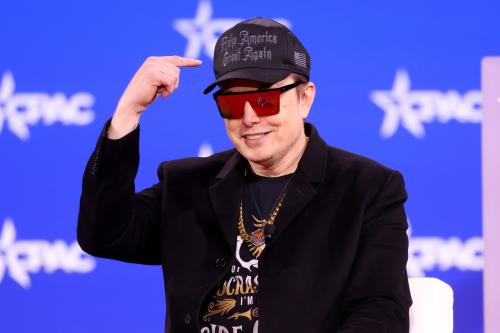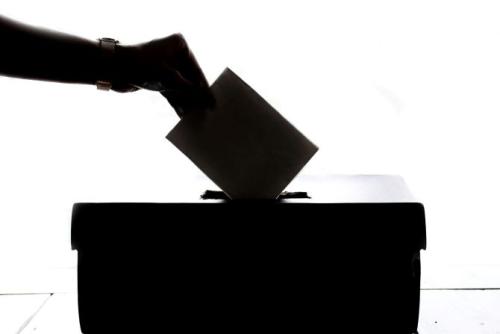Proposals at Google, Swift Transportation and Cablevision show investors’ growing resistance to entrenched control by founders
Dual class stock structures, which concentrate voting power disproportionately to economic risk, perform relatively poorly compared with companies that have one vote per share, according to an October 2012 analysis by the IIRC institute and ISS. Despite that, dual (and even triple) class stock structures are increasingly common as companies embed them in their certificates of incorporation before going public.
The April 15 IPO of Moelis & Co. is just the latest example; CEO Kenneth Moelis used Class B shares to retain 97 percent of the voting control of the small investment bank, as reported by the New York Times' DealBook blog.
In addition, the Chinese e-retailing behemoth Alibaba has spurned its local stock exchange for its much-anticipated IPO because the Hong Kong Exchange will not list dual class stock, says John Coffee, Jr., a Columbia Law professor and director of the Law School’s Center on Corporate Governance. ‘They continue to believe in one share, one vote out of the fear that divergences between voting rights and cash flow rights lead to an entrenched management and potential self-dealing,’ he explains.
One reason for the rise of dual class, Coffee notes, is ’now that the poison pill is less used in the US (largely because of the influence of ISS), some companies that are going public (particularly in Silicon Valley) are using dual class stock to assure the founders that they never can be ousted from control.’
At Google’s annual meeting on May 15, shareholders will have a chance to vote on whether the company should convert to a single class of one-share-one-vote class of stock. That vote is expected to fail because just three Class B stockholders—Google’s two founders plus its Chairman—have 61 percent of the votes despite owning only 16 percent of all shares, as reported last month by the New York Times’ Economix blog. (Each Class B share has 10 votes, while each Class A has only 1.) Indeed, that imminent protest vote neatly illustrates the impotence of ordinary stockholders at dual class companies.
About 80 percent of Google’s Class A stockholders voted for one share-one vote at the 2013 annual meeting, but the vote failed because of the Class B votes. Instead of respecting the wishes of the vast majority of its shareholders, however, Google doubled down on separating voting rights from economic rights by creating a new Class C share that has no votes at all. Because new issuances of stock are all expected to be Class C, as the founders convert their Class B shares into Class A and Class C (for the purpose of selling shares) they will preserve their disproportionate voting power.
However the issue goes far beyond Google with other companies facing similar votes this spring. Swift Transportation, meeting on May 8, and Cablevision, meeting on May 24, both have shareholder proposals on the issue, which the AFL-CIO has called ‘key votes.’
Swift’s circumstances appear to reflect precisely the self-dealing risks that opponents of dual class share structures have identified. According to the Teamsters Union, which is urging shareholders to vote for one share, one vote on May 8, ‘the board's inability to rein in the excessive pledging of stock by CEO Jerry Moyes or the hundreds of millions of dollars in related-party transactions with Moyes-controlled businesses reveals significant deficiencies on our board.’ The Teamsters cite Swift’s dual class structure as the core of the problem.
Proponents of the dual class structure argue that allowing the founders to retain control lets them focus on the long term, which ultimately better serves investors. But as the IIRC/ISS study pointed out, management and founders can also achieve control simply by putting enough of their own capital at risk to acquire or maintain a majority of ordinary shares. The study called such companies ’controlled’ but ’single class.’ The other two categories evaluated were ’controlled’ but ‘dual class’ and simply non-controlled, single-class companies.
The study found that controlled, single-class companies—where voting control comes with majority risk—performed best over time, returning to shareholders on average 14.3 percent over 10 years, while uncontrolled companies returned 9.8 percent and the average controlled, dual class company returned only 7.52 percent. In addition, the study found that multi-class control parties have more related party transactions and price volatility than uncontrolled companies.
Control of a company by a single investor or a minority group can be very good for other shareholders, but only if they put their own money proportionately on the line.








